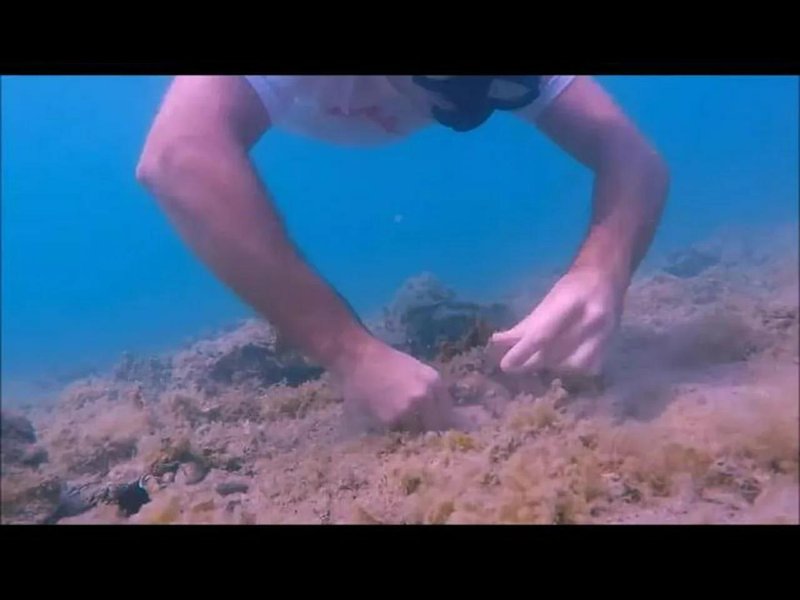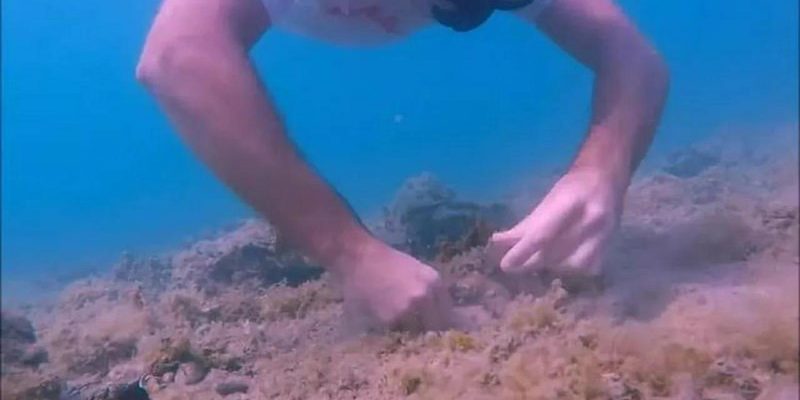
Think of the Bobbit worm as the hidden villain in your underwater tale. It can lurk beneath the sand, waiting for unsuspecting prey, and it’s not particularly fond of sharing its home with your fish or corals. The good news? With a little knowledge and vigilance, you can dodge this worm and enjoy a thriving reef tank right from the start. Let’s dive into how you can set up your starter kit while keeping Bobbit worms at bay.
What Is a Bobbit Worm?
A Bobbit worm is a marine polychaete worm that can grow quite long—up to three feet! These worms usually hide in the sand or rock crevices, where they camouflage perfectly with their surroundings. Their main trait? A set of sharp jaws that can spring out with lightning speed to catch fish or crustaceans swimming too close to their burrow. It’s a bit like having a hungry alligator lurking in your backyard pool—you wouldn’t want that, right?
They’re not harmful to humans, but they can wreak havoc in your reef tank. If they find their way into your starter kit, they can quickly become a problem, hunting your favorite fish and even munching on your corals. So, knowing how to spot them and avoid them in the first place is crucial.
How Do Bobbit Worms Get into Your Reef Tank?
You might be wondering how these sneaky creatures manage to infiltrate your new setup. The truth is, they often hitch a ride on live rock or sand. When you buy these materials for your reef tank, especially from less reputable sources, there’s a chance you might unknowingly introduce a Bobbit worm into your ecosystem.
Here’s a quick breakdown of how it can happen:
- Live Rock: Many reef enthusiasts use live rock as a natural habitat for beneficial bacteria. However, if it’s collected from the ocean without proper inspection, it may have a Bobbit worm tucked away in it.
- Live Sand: Just like live rock, live sand can contain not only bacteria but also unwanted critters like Bobbit worms.
- Corals and Invertebrates: Some corals and invertebrates you purchase may come with hidden stowaways. A careful check can save you a lot of headaches later.
To avoid Bobbit worms, always source your materials from trusted vendors who inspect their products for pests.
How to Spot a Bobbit Worm
Spotting a Bobbit worm in your tank can be tricky. They’re good at playing hide-and-seek! However, there are a few telltale signs to look out for:
1. Behavioral Changes in Fish: Keep an eye on your fish. If they seem skittish or start to disappear, it might be due to a Bobbit worm lurking and feeding.
2. Bite Marks: If you notice bite marks on your corals or fish, that’s a red flag. It could mean a Bobbit worm is on the prowl.
3. Tentacles or Movement: While they typically stay hidden, Bobbit worms sometimes extend their long, colorful tentacles to catch food. If you see unusual movements coming from the substrate, it’s time to investigate further.
Getting familiar with these signs can help you catch a Bobbit worm before it becomes a bigger problem.
Preventing Bobbit Worms in Your Starter Kit
Now that you know the potential risks, let’s talk prevention strategies. Here are some solid tips for keeping Bobbit worms far away from your reef tank:
- Quarantine New Additions: Always quarantine new live rock, sand, or corals for a few weeks before adding them to your main tank. This gives you time to check for any unwelcome guests.
- Inspect Before You Buy: Choose your live rock and sand carefully. Make sure to ask questions and choose reputable sellers.
- Use Synthetic Rock: Using synthetic rock instead of natural live rock can eliminate the risk of introducing Bobbit worms.
These small steps can go a long way in ensuring a healthy, thriving reef tank.
What to Do If You Find a Bobbit Worm
If you do discover a Bobbit worm in your tank, don’t panic. You’ve got options. Here’s what you can do:
1. Manual Removal: If it’s accessible, you can try to remove it by hand. Be careful—these worms can be aggressive, so use gloves and take precautions.
2. Traps: Setting up a trap can help capture it without causing too much disturbance to your tank. Some people use a simple bottle trap with bait inside.
3. Seek Professional Help: If you’re unsure about handling it yourself, consider reaching out to a local aquarium expert or marine biologist. They can provide safe removal options.
Taking action quickly can help minimize damage to your tank.
Building a Healthy Reef Tank Ecosystem
While avoiding Bobbit worms is important, there’s more to consider when creating a successful reef tank. A healthy ecosystem can deter many pests, including Bobbit worms. Here are a few tips for building an optimal environment:
- Balanced Water Quality: Keep a close eye on your water parameters. Proper salinity, pH levels, and temperature are essential for the health of your fish and corals.
- Keep a Diverse Community: Different species can help keep pests in check. For example, certain fish species can eat pests or compete for food.
- Regular Maintenance: Regular water changes, cleaning, and monitoring can help keep your tank healthy. It’s all about prevention and keeping an eye out.
By focusing on a robust ecosystem, you not only promote fish and coral health but also make your tank less appealing to unwanted guests.
Creating a reef tank is an exciting adventure filled with beauty and discovery. While you’ll need to watch out for Bobbit worms, it doesn’t have to be a constant source of stress. By understanding what they are, how they get into your tank, and how to prevent them, you can set yourself up for success.
With a little caution and care, you’ll be able to enjoy your underwater paradise without worrying about these sneaky worms. So go ahead, plan your starter kit, and dive into the wonderful world of reefkeeping! Happy tanking!

